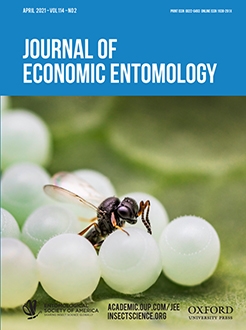Buzz-pollinated plants require visitation from vibration producing bee species to elicit full pollen release. Several important food crops are buzz-pollinated including tomato, eggplant, kiwi, and blueberry. Although more than half of all bee species can buzz pollinate, the most commonly deployed supplemental pollinator, Apis mellifera L. (Hymenoptera: Apidae; honey bees), cannot produce vibrations to remove pollen. Here, we provide a list of buzz-pollinated food crops and discuss the extent to which they rely on pollination by vibration-producing bees. We then use the most commonly cultivated of these crops, the tomato, Solanum lycopersicum L. (Solanales: Solanaceae), as a case study to investigate the effect of different pollination treatments on aspects of fruit quality. Following a systematic review of the literature, we statistically analyzed 71 experiments from 24 studies across different geopolitical regions and conducted a meta-analysis on a subset of 21 of these experiments. Our results show that both supplemental pollination by buzz-pollinating bees and open pollination by assemblages of bees, which include buzz pollinators, significantly increase tomato fruit weight compared to a no-pollination control. In contrast, auxin treatment, artificial mechanical vibrations, or supplemental pollination by non-buzz-pollinating bees (including Apis spp.), do not significantly increase fruit weight. Finally, we compare strategies for providing bee pollination in tomato cultivation around the globe and highlight how using buzz-pollinating bees might improve tomato yield, particularly in some geographic regions. We conclude that employing native, wild buzz pollinators can deliver important economic benefits with reduced environmental risks and increased advantages for both developed and emerging economies.
How to translate text using browser tools
22 February 2021
Buzz-Pollinated Crops: A Global Review and Meta-analysis of the Effects of Supplemental Bee Pollination in Tomato
Hazel Cooley,
Mario Vallejo-Marín
ACCESS THE FULL ARTICLE
It is not available for individual sale.
This article is only available to subscribers.
It is not available for individual sale.
It is not available for individual sale.

Journal of Economic Entomology
Vol. 114 • No. 2
April 2021
Vol. 114 • No. 2
April 2021
agriculture
bee
Buzz pollination
pollinator
tomato




